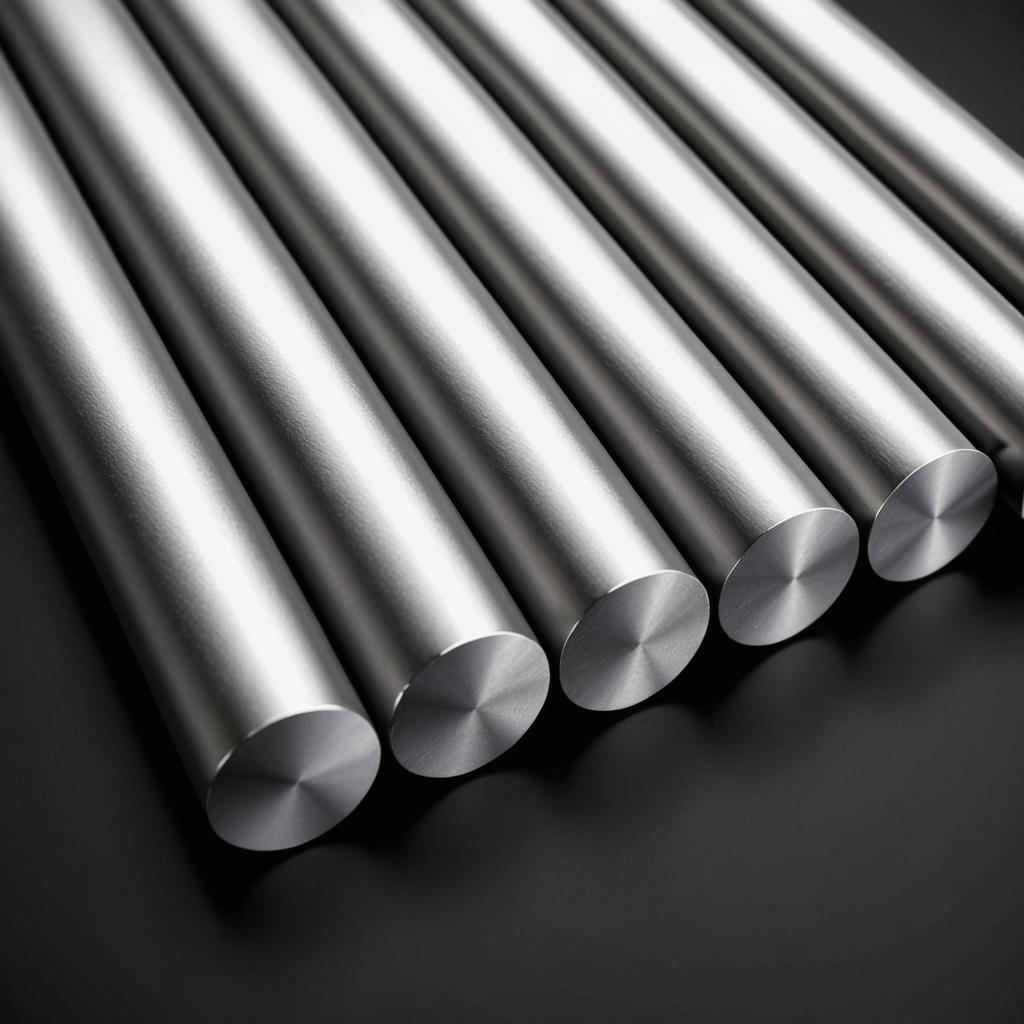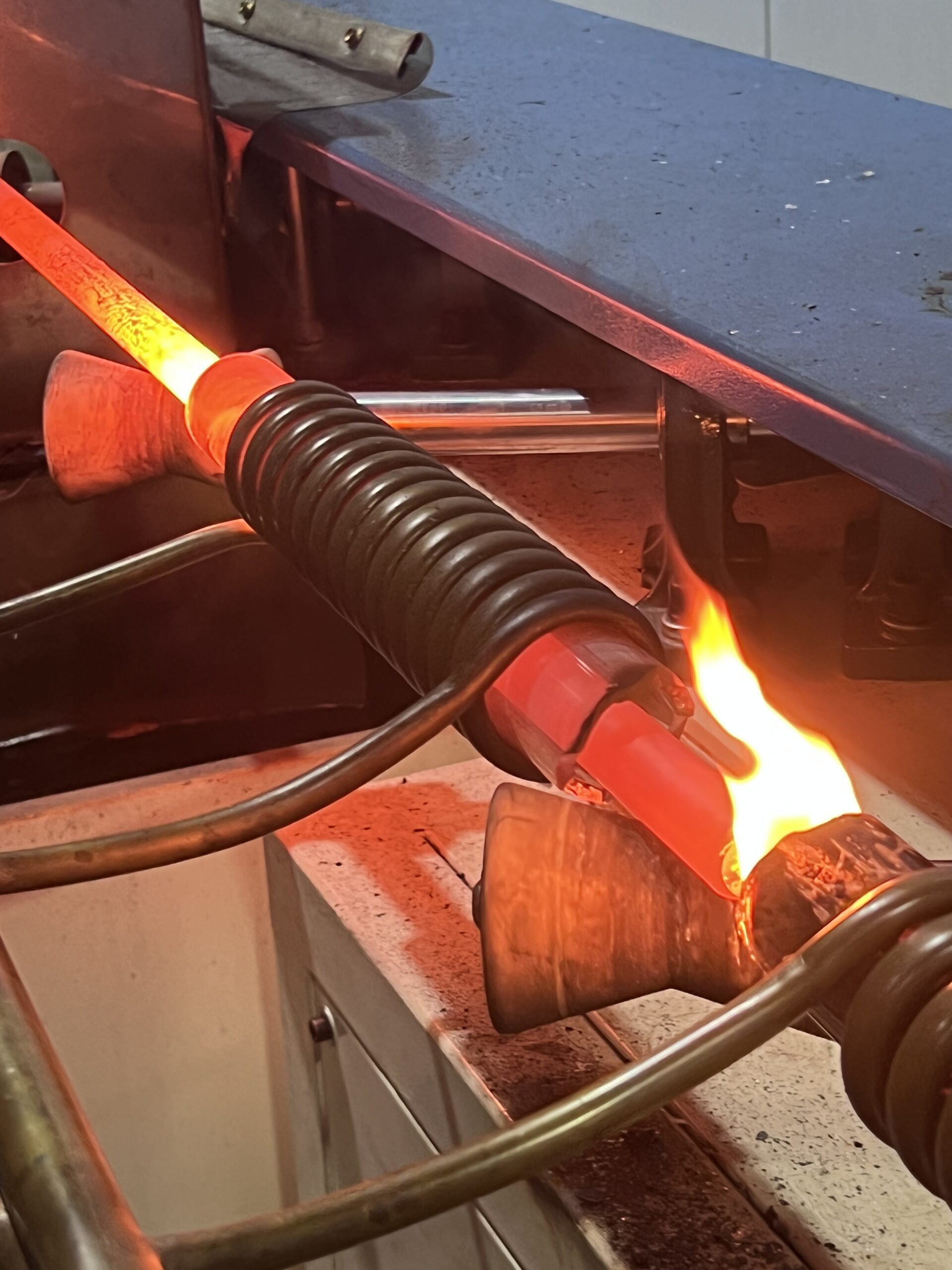12L14 vs 1215 Steel: What’s the Difference and Which Is Better for Precision Machining?
Both 12L14 and 1215 are free-machining steels, popular for CNC turning, automatic lathes, and high-speed production. While they share similarities, key differences in their chemical makeup and machinability can affect performance, surface finish, and cost. This article compares both materials to help you choose the right one for precision machining.
Chemical Composition Comparison
| Element | 12L14 Content (%) | 1215 Content (%) |
|---|---|---|
| Carbon (C) | ≤ 0.15 | ≤ 0.09 |
| Manganese (Mn) | 0.85 – 1.15 | 0.75 – 1.05 |
| Phosphorus (P) | 0.04 – 0.09 | 0.04 – 0.09 |
| Sulfur (S) | 0.26 – 0.35 | 0.26 – 0.35 |
| Lead (Pb) | 0.15 – 0.35 | 0 |
12L14 contains lead, which significantly improves machinability and surface finish, while 1215 does not. This is the key differentiator between the two.
Mechanical Properties
| Property | 12L14 | 1215 |
|---|---|---|
| Tensile Strength | ~78,000 psi (538 MPa) | ~78,000 psi (538 MPa) |
| Yield Strength | ~60,000 psi (414 MPa) | ~60,000 psi (414 MPa) |
| Elongation | ~10% | ~10% |
| Brinell Hardness | 163 HB | 163 HB |
| Machinability Rating | 190% | 121% |
| Weldability | Poor | Fair |
| Heat Treatability | Not suitable | Not suitable |
Key Differences Between 12L14 and 1215
1. Machinability
12L14 offers superior machinability due to its lead content. It enables smoother cutting, less tool wear, and higher speeds, making it the top choice for extremely high-precision applications.
2. Surface Finish
Parts made from 12L14 typically have a better surface finish without needing secondary polishing, saving post-processing time.
3. Environmental Compliance
1215 contains no lead, making it more environmentally friendly and compliant with RoHS/REACH standards in some regions.
4. Weldability
1215 performs better in welding operations than 12L14, which is not suitable for welding due to its lead content.
5. Cost
1215 is usually less expensive and easier to source in regions with lead restrictions.
Which One Should You Choose?
Choose 12L14 if:
-
You need exceptional machinability
-
Surface finish and tool life are critical
-
You’re running high-speed, high-volume CNC turning
Choose 1215 if:
-
You want a lead-free alternative
-
Weldability is required
-
You are working in environmentally regulated markets
Conclusion
Both 12L14 and 1215 steels are excellent for machining, but your choice should depend on the application. If machining speed and finish are top priorities, 12L14 is superior. If lead-free material or weldability is more important, 1215 is the better choice.
Need help selecting the right material for your project? Contact Tongyi Metal for expert advice and quality steel bar options.







